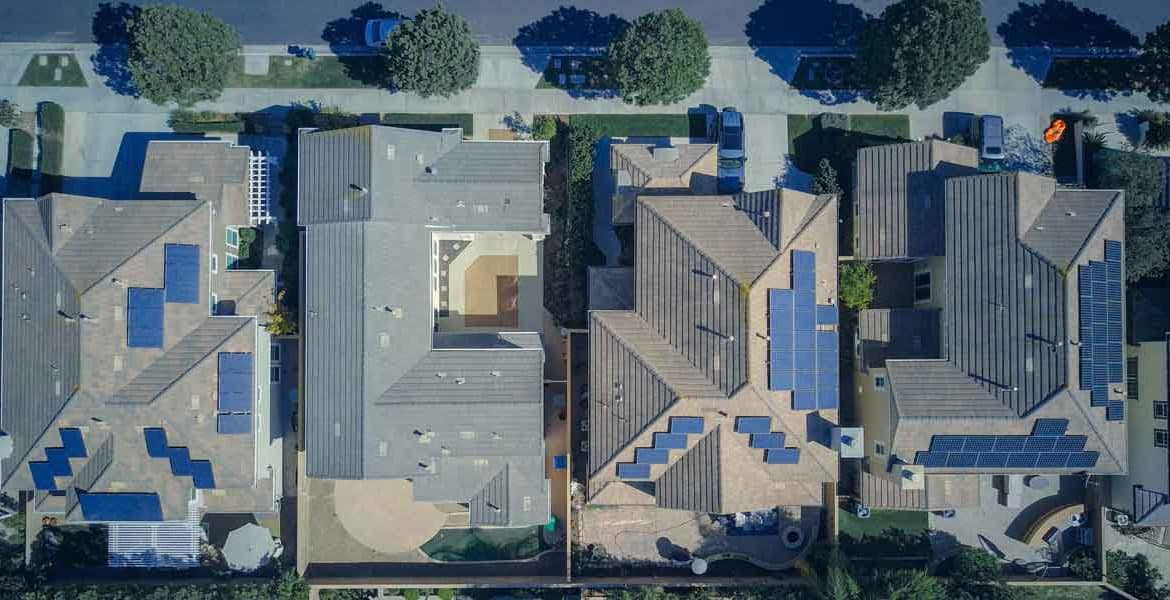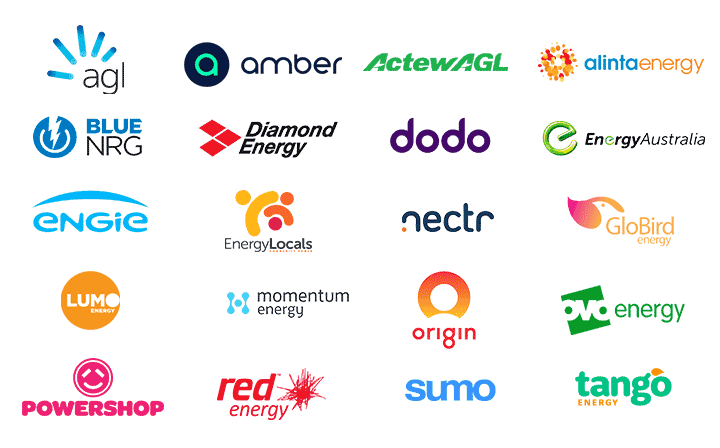The Clean Energy Regulator (CER) says payback time will likely get even better in 2023 in their latest report. “If retail energy prices increase next year to the level some predict, the average payback period for a rooftop solar system could decline from about 4 years to 3 years.”
The Government Regulator’s view is this makes solar an excellent investment.
The time is now for shorter rooftop solar payback
If future rooftop PV costs remain at 2022 levels, then the Clean Energy Regulator suggests that “now could be a good time to invest in rooftop solar for those in a position to do so”. That’s because, in the coming years, the value of STCs (the rebate solar households receive when they install a new system) will decline. Currently, households receive rebates of around $3,500 on a $9,500 system, bringing the effective cost to about $6,000. However, the value of STC rebates will decline each year. By 2031, there will be zero rebates, and households will have to pay the total ticket price.
Rooftop solar installations increase in Q3 2022
Following a slower first half of the year, residential solar installations have rebounded from July to September. The Clean Energy Regulator said, “Significant retail energy prices increase may have influenced consumer sentiment in purchasing solar PV. It is inherently difficult to predict whether this trend will continue as many factors impact consumer behaviour, including rising interest rates. However, reports of increased enquiries with solar retailers have continued into the last quarter of the year. This follows substantial public commentary about the potential for further increases in energy bills next year.”
Solar and Heat Pump Hot Water Systems (HWS) installs surge.
“Recent CER data shows a sharp rise in heat pump HWS installations as households look to use government incentives to save on energy bills”.
From 2010 to 2019, an average of around 17,000 systems were installed per year. Since the start of 2020, heat pumps have experienced sustained growth, with an estimated 23,000 installations in Q3 2022 alone. At the end of Q3, heat pump installations totalled 59,000, 44% higher than in the same period in 2021. The replacements of existing gas and electric water heaters was the big driver.’
Victoria doubles down on hot water rebates.
Victoria leads the nation in Heat Pump installation accounting for 62% of the total installs in 2022. A combination of state-based incentives and federal rebates allows Victorian households to install heat pumps at a greatly reduced out-of-pocket cost. In addition to STC incentives, Victorians can access up to $1,000 under the Solar Victoria solar hot water rebate and up to $2,100 from the Victorian Energy Upgrades Scheme. Amid high electricity and gas prices, heat pumps represent effective cost savings for households, particularly when complementing rooftop solar PV, enabling consumers to harness their own generation during the day to cut energy bills.4



